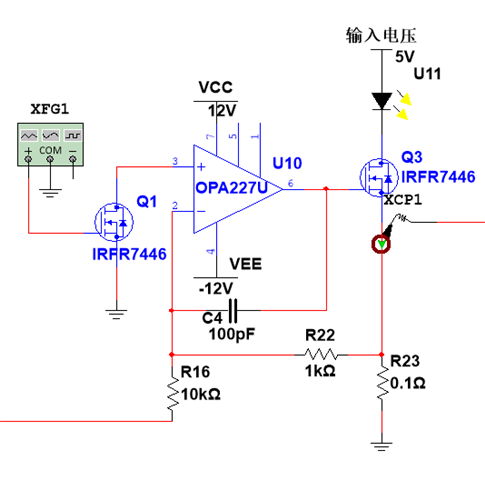Other Parts Discussed in Thread: LM3409,
Hi Team,

If the customer want to add TTL control, what should they do?
1) the preliminary preparation is shown as below, a MOS tube is connected in series. However, it was found that the TTL was 1KHz, even though it was open and closed, despite the fact that other conditions were not changed, but the average LED current dropped from 2A to below 1A (0-0.9):

2) Then use the following method instead:

They wanted to short an LED, but it was a constant, and there was no on-off process.
Could you help check this case? Thanks.
Best Regards,
Cherry








